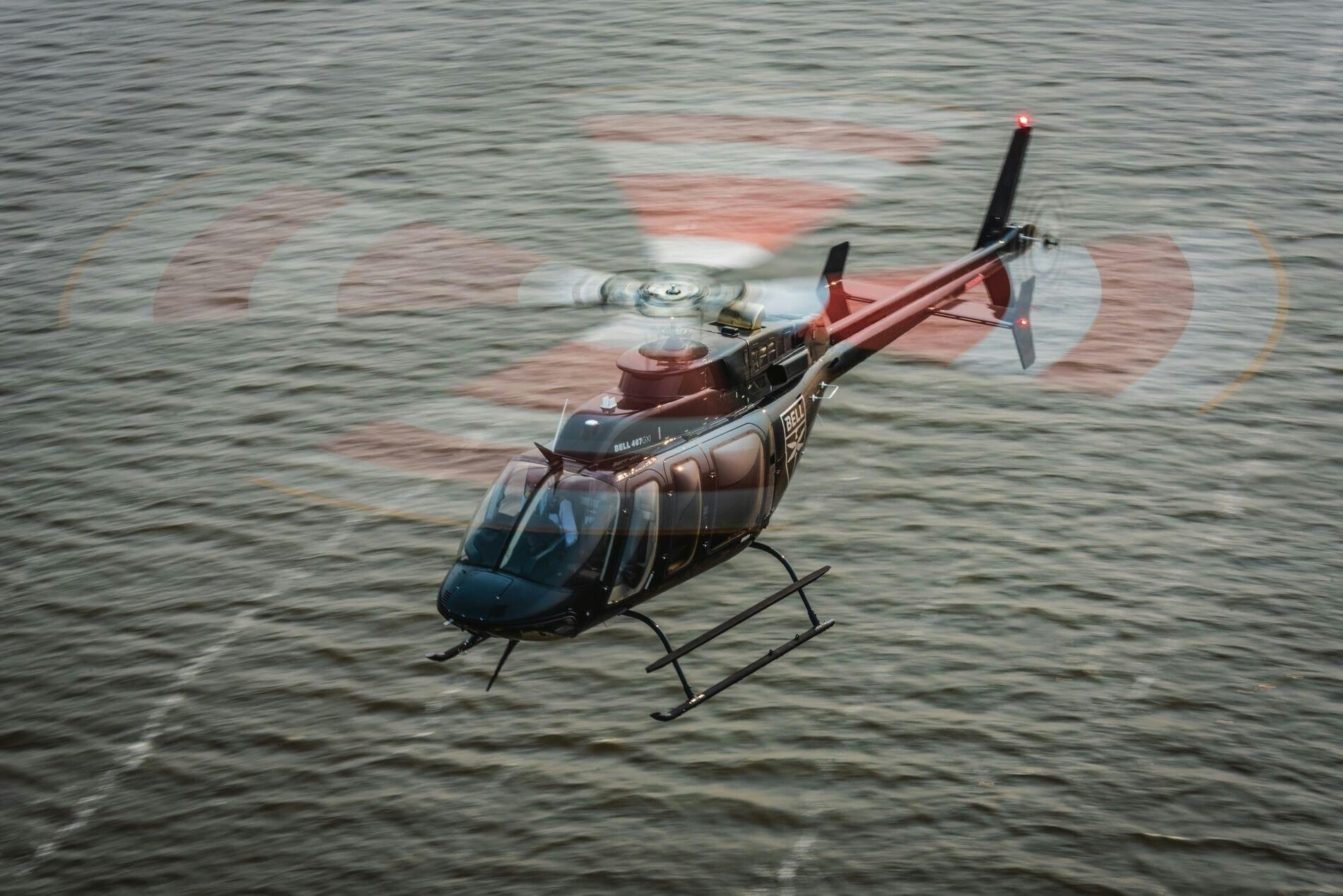
AeroGenie — ваш интеллектуальный второй пилот.
В тренде
Categories
Air New Zealand Partners with OpenAI to Advance AI Integration
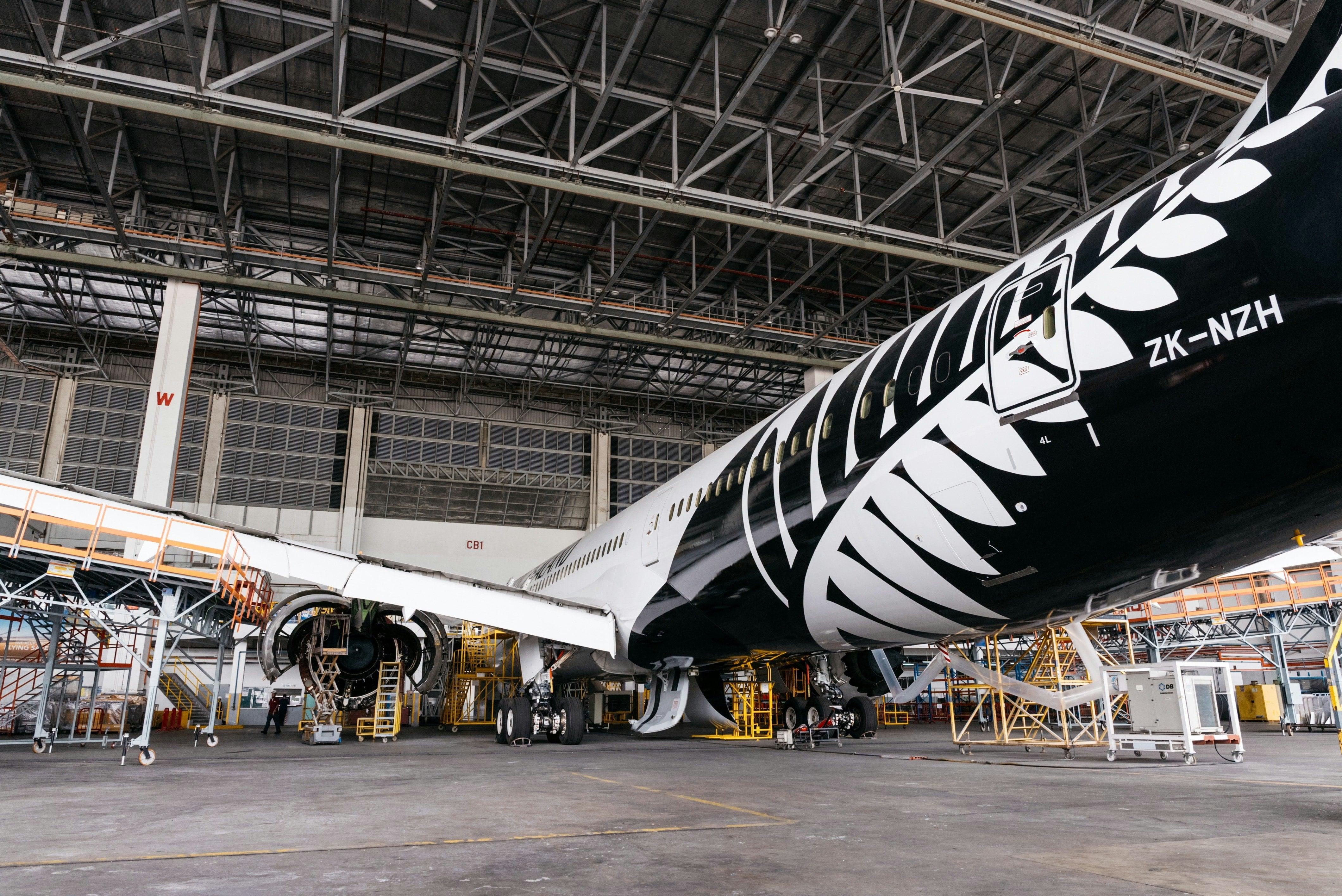
Air New Zealand Partners with OpenAI to Advance AI Integration
Air New Zealand has announced a groundbreaking partnership with OpenAI, marking the first collaboration of its kind in New Zealand aimed at accelerating the integration of artificial intelligence (AI) across the airline’s operations. This initiative seeks to enhance operational efficiency, improve customer experiences, and empower employees through the deployment of advanced AI tools.
Expanding AI Capabilities Across the Organization
As one of the earliest OpenAI clients in the Asia-Pacific region, Air New Zealand will gain direct access to OpenAI’s cutting-edge technologies, enabling the airline to develop and implement AI-driven solutions tailored to its specific needs. The partnership will equip 3,500 corporate team members with Companion AI, Air New Zealand’s customized deployment of ChatGPT Enterprise, providing secure, enterprise-grade AI capabilities throughout the organization.
Initial efforts will focus on enhancing customer self-service options and supporting integrated planning for maintenance and operations. The airline is also exploring how data-driven insights can assist staff in making more informed operational decisions. Implementation of OpenAI’s technology is already underway, with the objective of fostering smarter, faster decision-making and delivering sustained value for both employees and customers.
Nikhil Ravishankar, Chief Digital Officer at Air New Zealand, emphasized the strategic importance of the collaboration, stating, “We see AI as an opportunity for our team at Air New Zealand and a way to improve experiences for our customers. By working directly with OpenAI, we not only access leading-edge technology, but we also shape how it’s used in the real world. This collaboration represents more than just access to new tools—it’s a commitment to staying at the forefront of innovation and giving our people the best technology to thrive.”
Custom GPTs and Responsible AI Adoption
A significant element of the partnership involves the use of Custom GPTs within ChatGPT, allowing Air New Zealand to develop tailored AI assistants that reflect the airline’s unique requirements, tone, and knowledge base. This flexibility facilitates the creation of AI solutions addressing specific industry challenges without the need for advanced coding expertise. According to Oliver Jay, OpenAI’s Managing Director of International, Air New Zealand has already developed over 1,500 Custom GPTs to streamline internal workflows, exemplifying a rapid yet responsible approach to AI adoption.
Navigating a Competitive and Evolving AI Landscape
Air New Zealand’s initiative unfolds amid a rapidly shifting competitive environment in the generative AI sector. Microsoft’s existing partnership with OpenAI continues to influence enterprise collaborations, particularly in advertising and cloud services. Meanwhile, competitors are intensifying their efforts: Meta has recently expanded its AI research team by hiring additional OpenAI researchers, and Google has established its own partnership with OpenAI despite the competitive risks involved. These strategic moves highlight the intense competition and evolving dynamics as major companies race to harness the potential of generative AI.
Throughout its AI integration journey, Air New Zealand remains committed to responsible and ethical AI use, prioritizing governance, transparency, and the well-being of both customers and employees. As the airline advances into this new era of innovation, it aims to establish a benchmark for safe and effective AI deployment within the aviation industry.

Europe Advances Aviation Sustainability Through SAF Mandates and Innovation

Lufthansa's Fleet Plans for 2025

Fifteenth National Games Model Aviation Finals in Longhua Showcase Drone Sports and Innovation
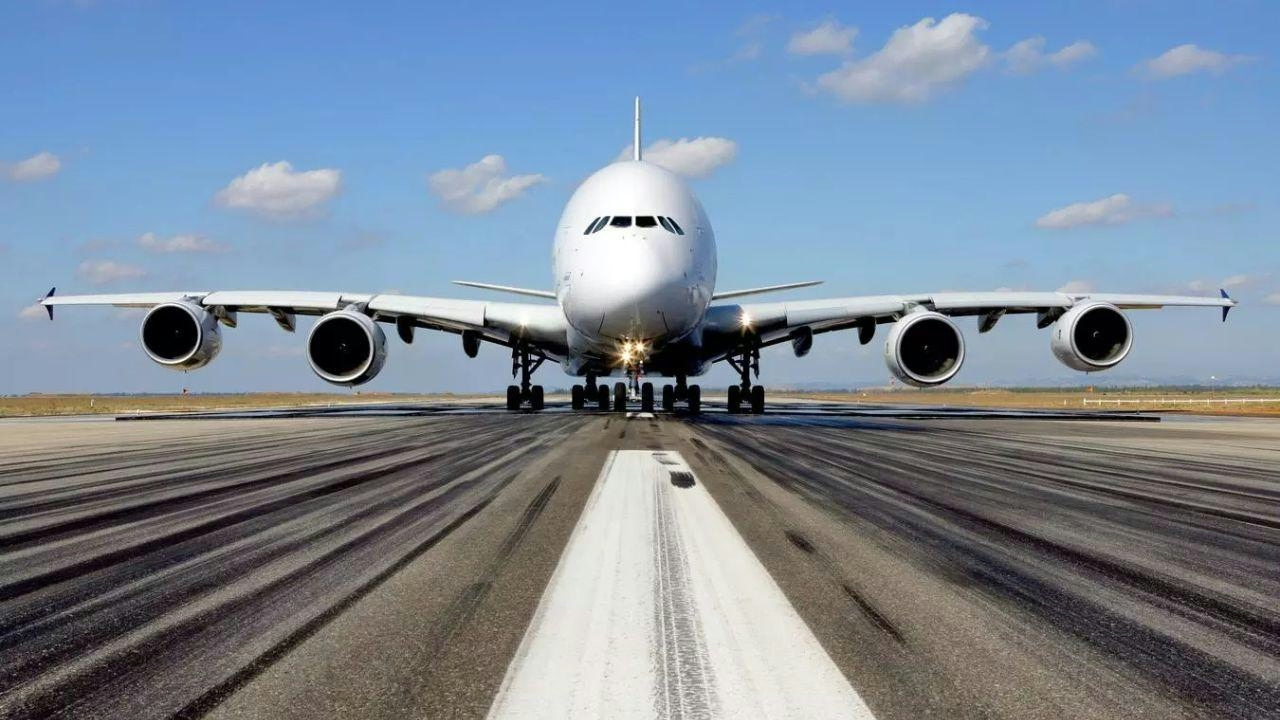
Brazilian Woman Becomes First Female Captain of Airbus A380
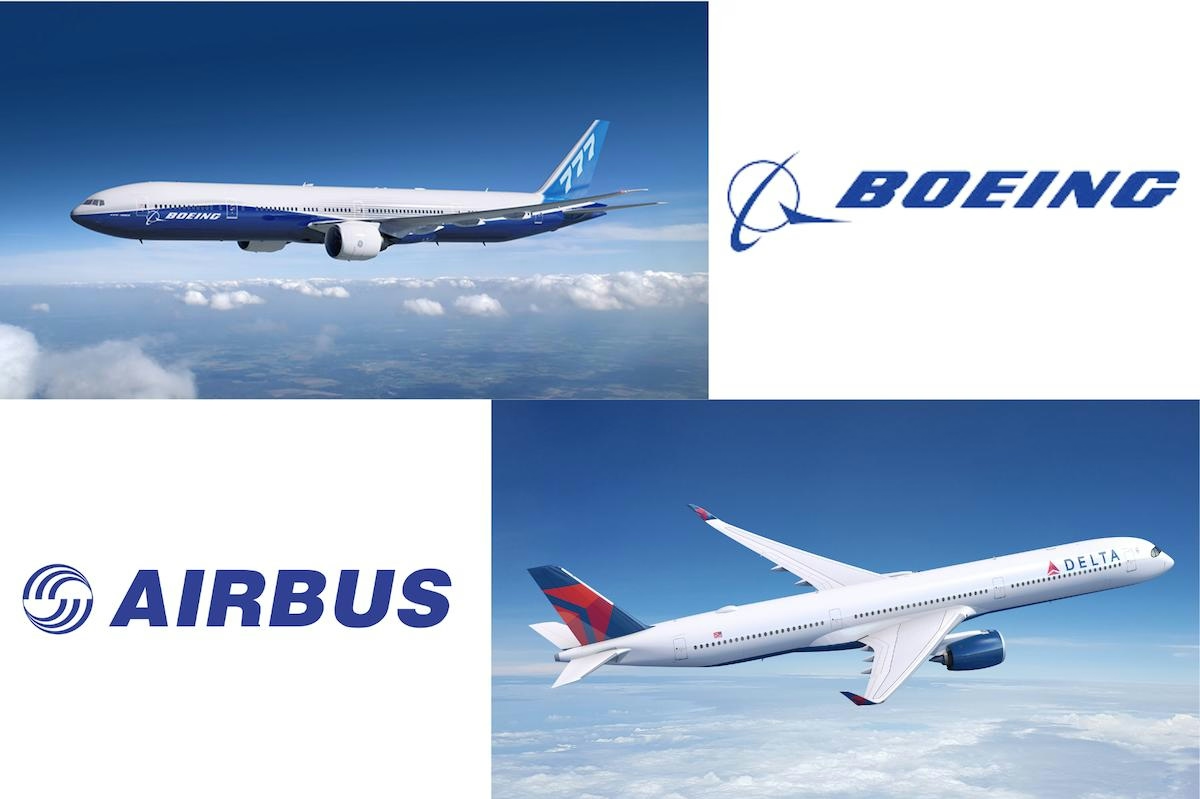
Airbus and Boeing: Comparing Their Global Reach

Vietjet Orders 100 Airbus A321neo Jets, Strengthening UK-Vietnam Strategic Partnership
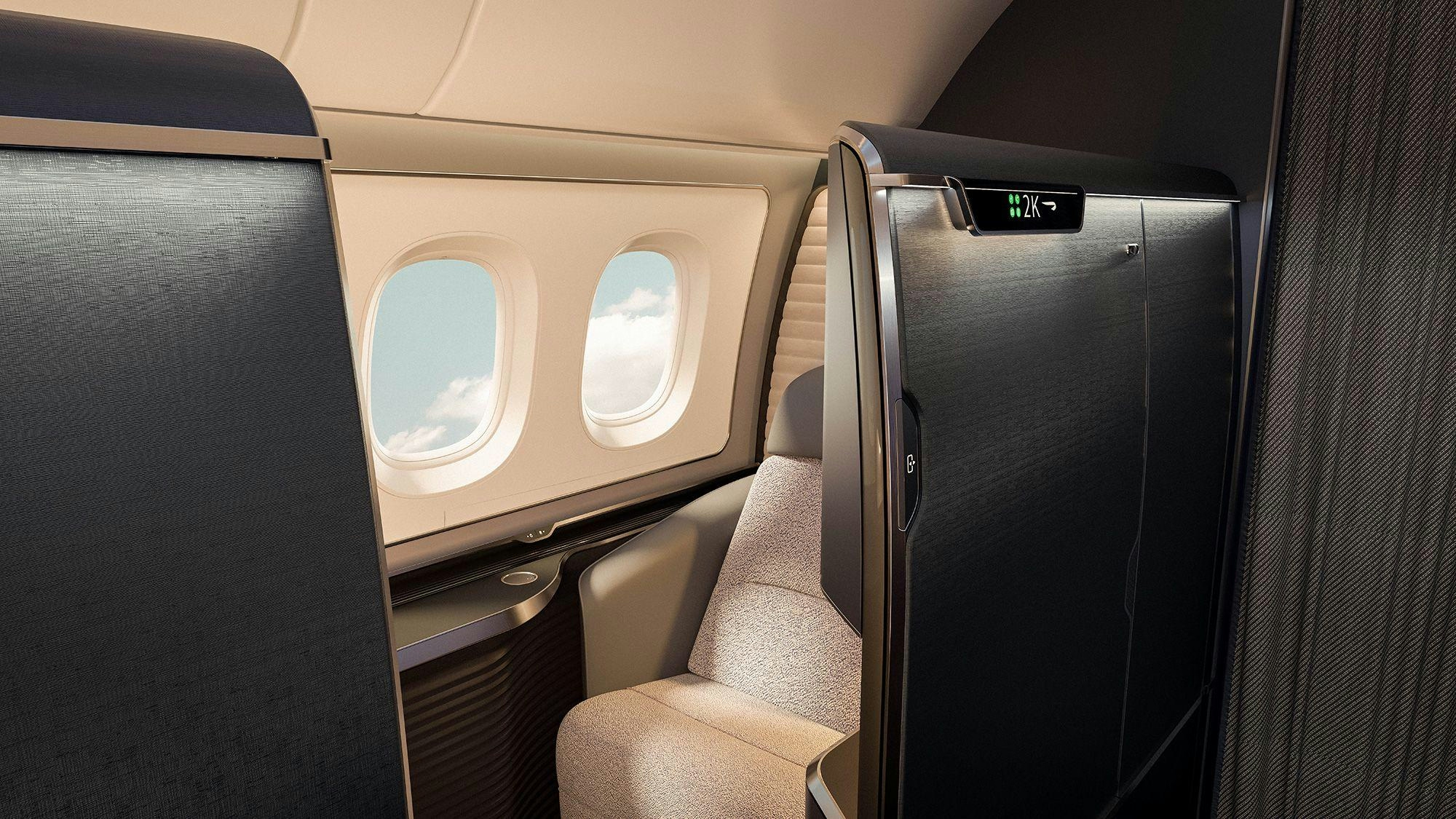
The Aircraft Set to Replace the Iconic Superjumbo

Delta Air Lines Introduces AI-Powered Concierge Service

Shanghai to Host 2025 North Bund International Aviation Forum
